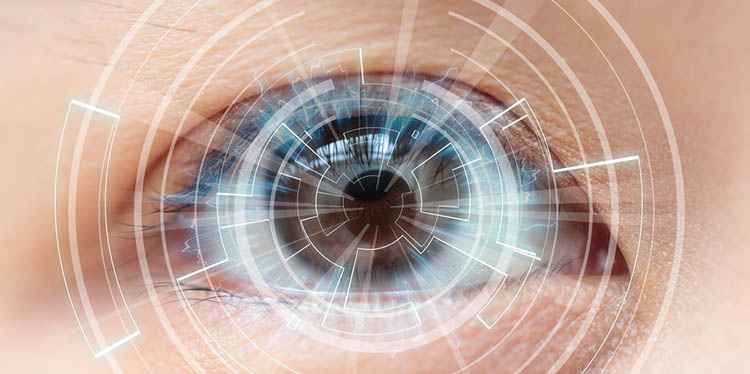Almost 40 million people are predicted to have cataracts by 2030, and the number is only going to rise after that. A cataract creates a cloud in the lens of your eye, and without a clear lens, your vision becomes blurry. In some cases, you can also develop a brown or yellow tint. Cataracts can get in the way of your everyday life, and your risk of getting one goes up after you reach 40 years of age. Some of the risk factors are out of your control, but you have a few ways to improve your chances of preventing cataracts completely.
Quit Smoking
Smoking is a lifestyle choice that causes many health problems, such as lung cancer. Research studies have also found a link between tobacco use and the development of cataracts. If you have ever smoked, you have a higher chance of developing cataracts compared to a non-smoker. However, you can bring your risk percentage down by stopping smoking well before the age where many people develop this eye problem.
You have many options for quitting this habit, such as nicotine patches or professional-assisted methods. The American Lung Association provides programs, a mobile app and other resources for taking the first step.
Properly Manage Diabetes
One of the nutrients your eyes use is glucose. Due to the fluctuation of sugar levels in uncontrolled diabetes, the extra glucose can cause several problems, including cataracts. Well-managed diabetes reduces your risk of clouded vision or blindness. It’s important to regularly test your blood sugar levels and follow doctor recommendations on insulin injections and other medication.
Protect Your Eyes From the Sun
UV rays do more than cause sunburn and skin cancer. They also damage your eyes and contribute to cataract development. Sunglasses that are rated for UVA and UVB light are your best option, as research has not discovered which type of rays cause this damage.

Changing to a Healthy Diet
Some nutrients and vitamins have a positive impact on cataracts by either preventing them from developing or slowing down the progression of existing cataracts. By incorporating these nutrients into your diet, you can take proactive measures against this vision-impairing problem.
Vitamins C and E
These two vitamins have antioxidants, which play a part in stopping cataracts from forming or getting worse. Many fruits and vegetables include these vitamins, and you can also get them through supplements. Try adding peanuts, almonds, sunflower seeds, orange juice, grapefruit and papaya into your diet.
Lutein and Zeaxanthin
These nutrients are hard to pronounce, but they make cataracts less likely to require surgery if they grow. You mostly find lutein and zeaxanthin in leafy green vegetables, such as kale and spinach. Corn, tangerine and orange peppers also act as a good source.
Get an Eye Exam Regularly
Early detection of cataracts allows you and your doctor the chance to put together a treatment plan soon. You may be able to avoid getting surgery by making lifestyle changes so that the cataract is only a minor annoyance. Go in for an annual eye exam if you have multiple risk factors for cataracts.
Cataracts can lead to blindness, but you can reduce your chances of a severe outcome by following this guide. In the meantime, please contact our office to schedule your annual eye exam – it could save your sight!
Posted May 1, 2017 by Silverstein Eye Centers